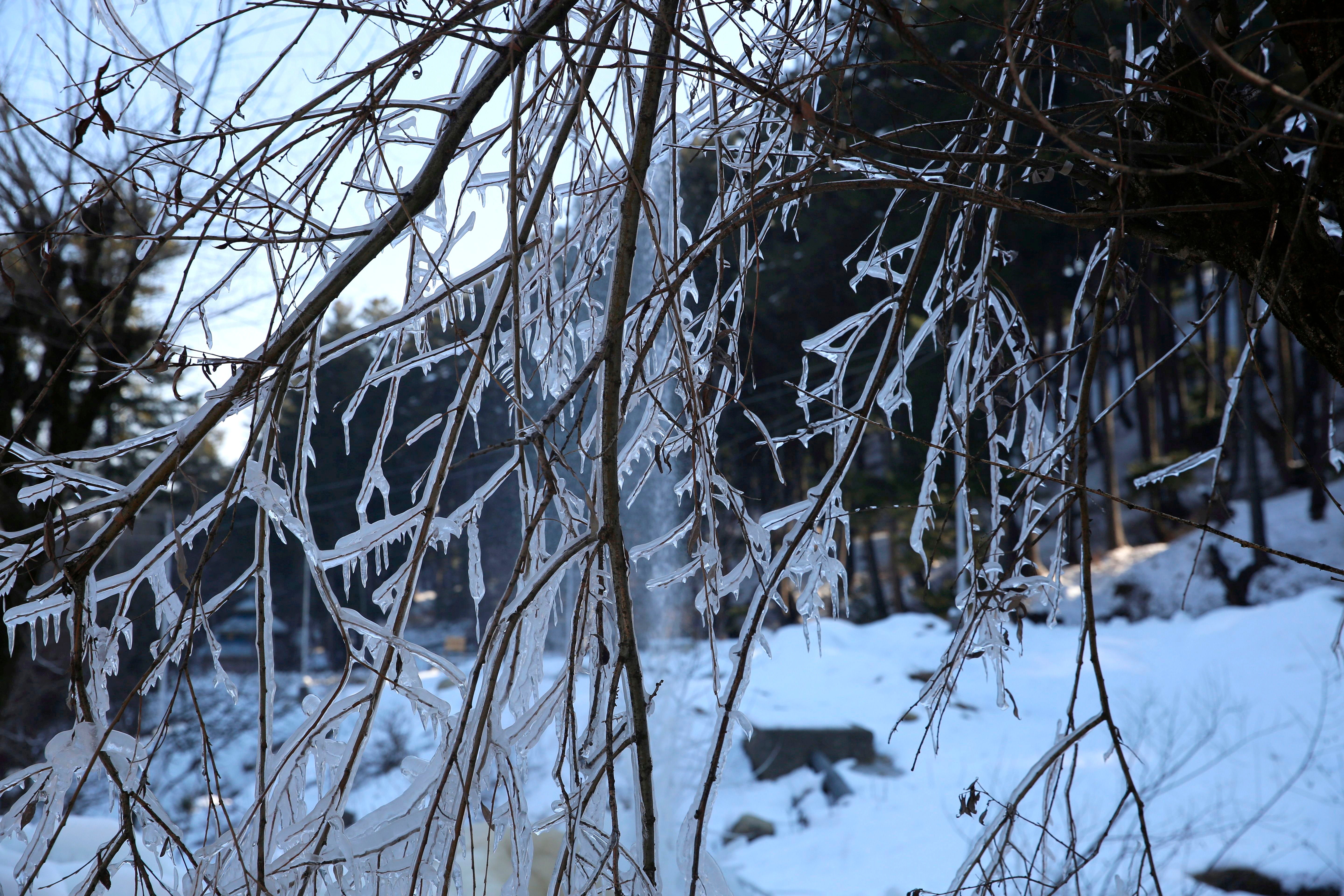What is hair ice? The mysterious weather phenomenon appearing on trees
Hundreds of individual strands of frozen water are held together in what looks like candy floss

Your support helps us to tell the story
From reproductive rights to climate change to Big Tech, The Independent is on the ground when the story is developing. Whether it's investigating the financials of Elon Musk's pro-Trump PAC or producing our latest documentary, 'The A Word', which shines a light on the American women fighting for reproductive rights, we know how important it is to parse out the facts from the messaging.
At such a critical moment in US history, we need reporters on the ground. Your donation allows us to keep sending journalists to speak to both sides of the story.
The Independent is trusted by Americans across the entire political spectrum. And unlike many other quality news outlets, we choose not to lock Americans out of our reporting and analysis with paywalls. We believe quality journalism should be available to everyone, paid for by those who can afford it.
Your support makes all the difference.An unusual growth resembling candy floss has been forming on tree branches in Northern Irish woodland.
The strange sight, spotted in the counties Fermanagh and Tyrone, is a rare phenomenon called hair ice, in which hundreds of individual strands of frozen water are held together in what looks like a soft white wig.
The formation occurs in the presence of a particular fungus in rotting wood, Exidiopsis effusa, but the conditions required are extremely specific.
Moist wood from a broadleaf tree is needed, as well as humid air and temperatures just below freezing.
The science behind the phenomena was disputed for a long time, but in 2015, Swiss and German researchers Diana Hofmann, Christian Mätzler and Gisela Preuß arrived at an answer. They found that the presence of the fungus allowed the thin ‘hairs’ of ice being pushed out of the wood to stabilise, keeping its wonderful form for several hours.
“The action of the fungus is to enable the ice to form thin hairs – with a diameter of about 0.01mm” said Mr Matzler.
When the fungus isn’t present, ice still forms, but in a “crust-like structure instead”, according to the Met Office.
So far in 2021, the natural sculptures - also known as frost flowers- have been spotted in Castle Archdale, Florence Court, Castle Coole, Cladgah Glend, Big Dog Forest, Omagh and Knockmany.
Those who want to view them need to move quickly, because as soon as they are touched by human hands or sunny spells, they’ll be sure to melt away.



Join our commenting forum
Join thought-provoking conversations, follow other Independent readers and see their replies
Comments